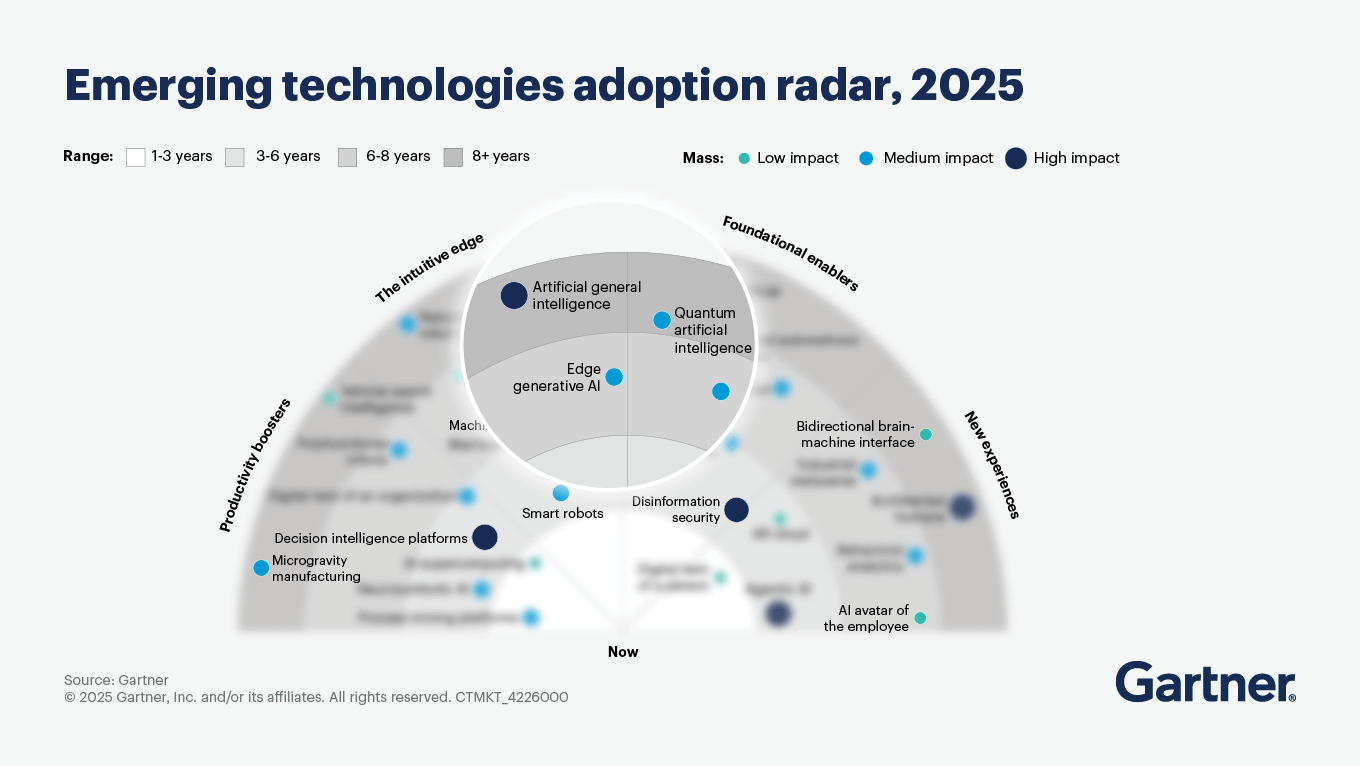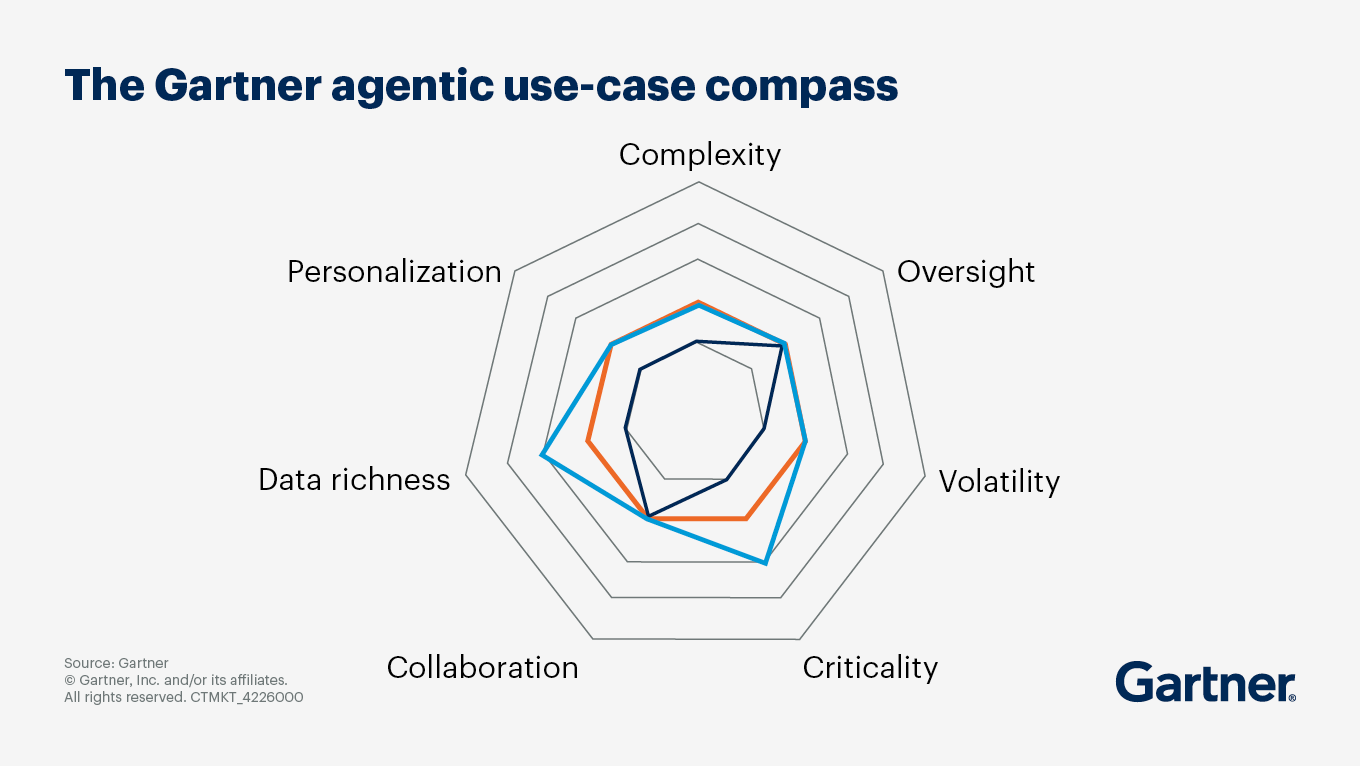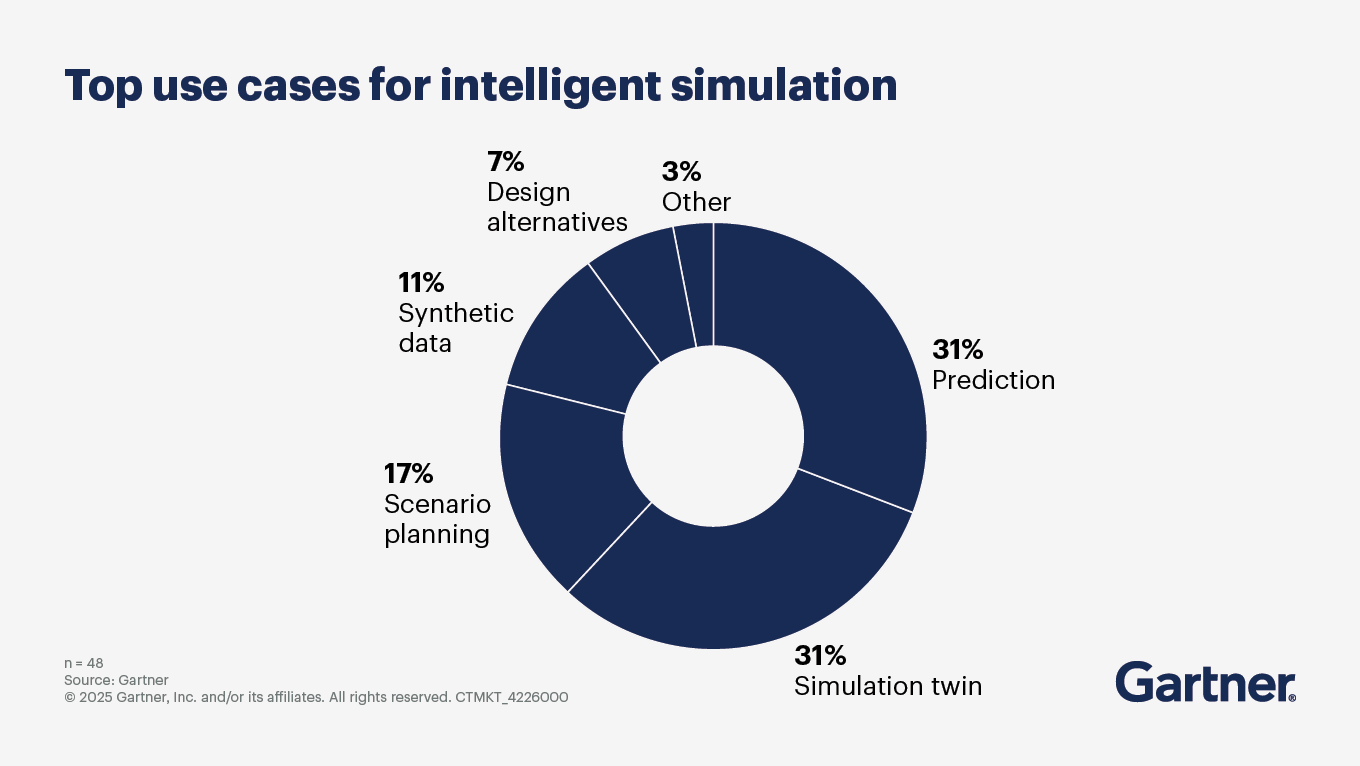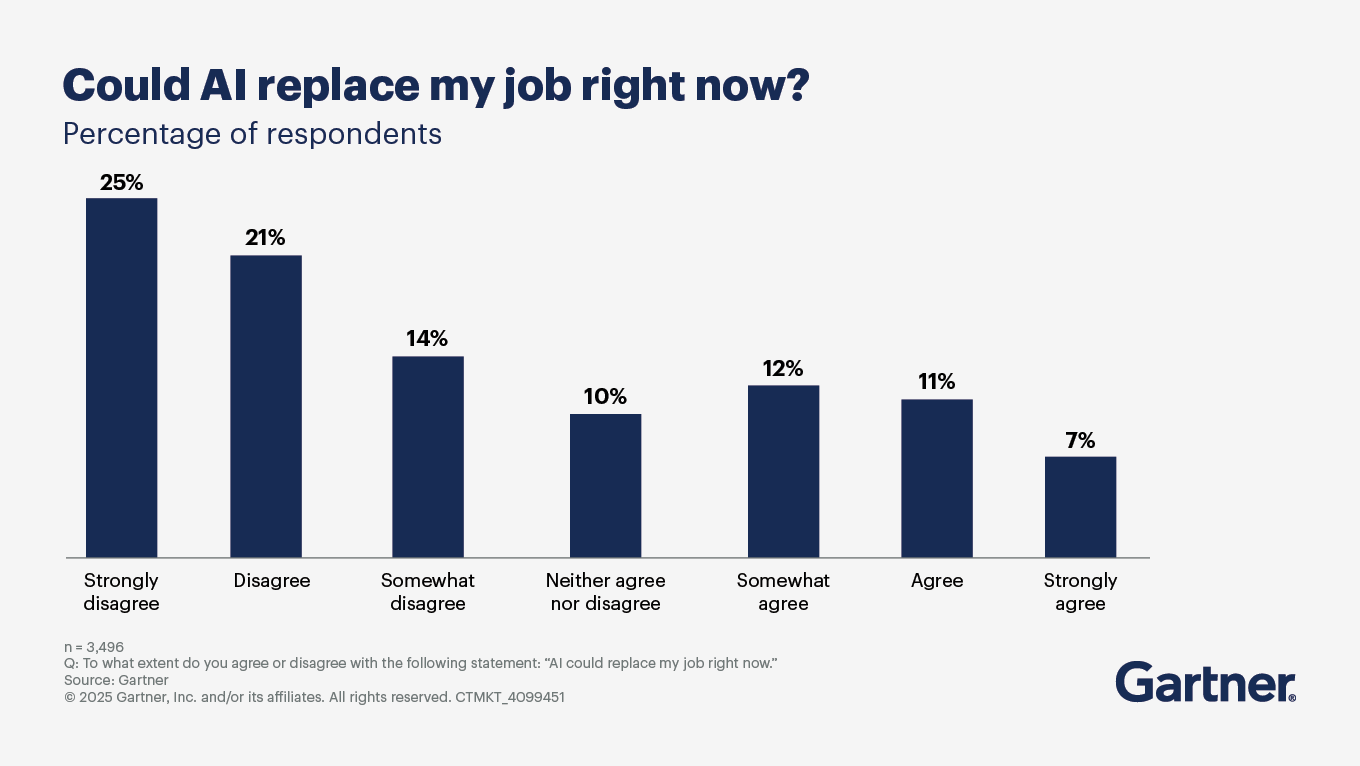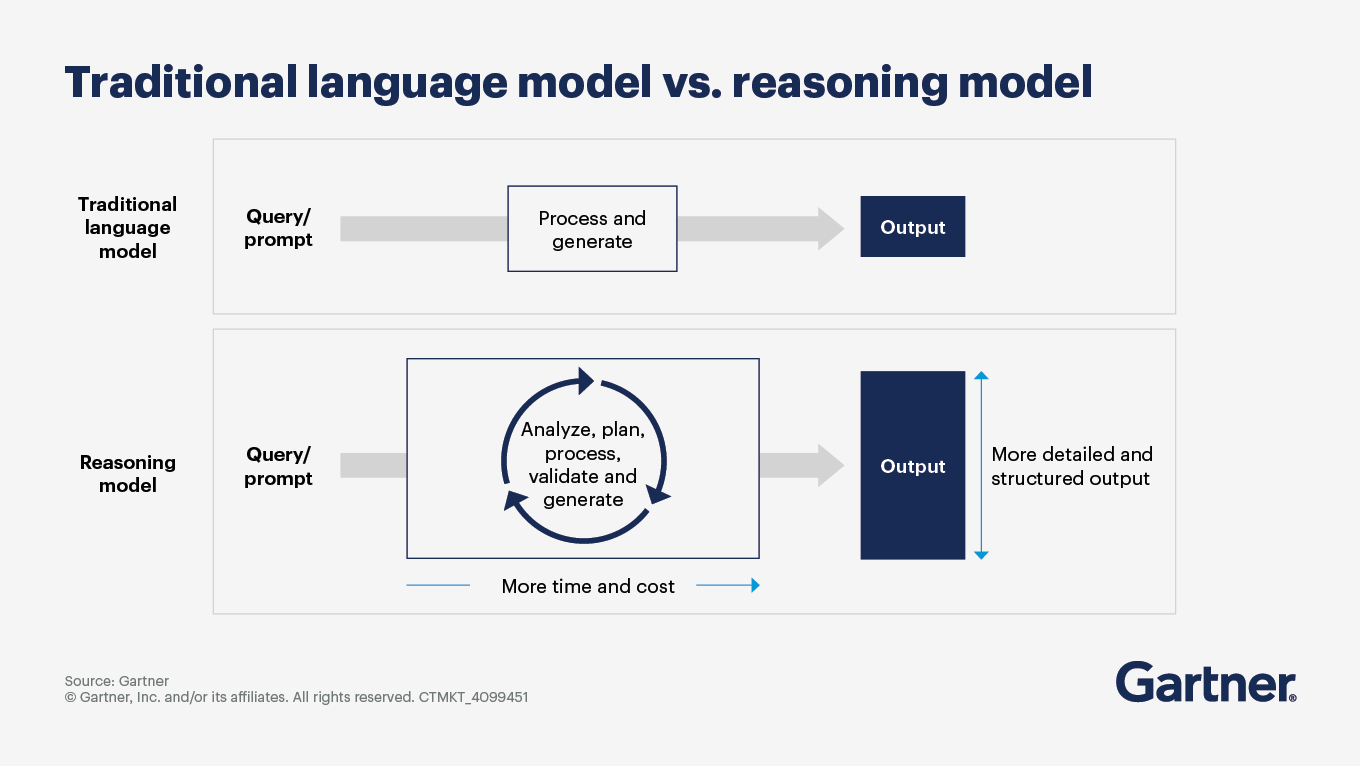Gartner predicts that AGI (artificial general intelligence) will not materialize for at least a decade, likely requiring several breakthroughs beyond scaling current technologies. By 2035, there will be progress toward AGI, but it will not be widely recognized as achieved.
AGI will only be achieved if AI technology matches the skills of all people on all cognitive tasks. Some technology providers are already openly discussing artificial superintelligence (ASI), AI that far surpasses human capability on all cognitive tasks. Because AGI and ASI require different approaches, they are almost parallel development paths.
Gartner believes both AGI and ASI have significant challenges and should be avoided. AGI performance is directed compared with people, whose ultimate goal it is to replace. Superintelligence, far surpassing human capability, can become problematic when in the wrong hands or be a single point of failure.
As such, we propose a third approach to general intelligence: augmented collective intelligence (ACI). Picture a swarm of connected and dedicated agents, combining different styles of AI, working side by side with people who contribute human intelligence. General intelligence emerges from this network. ACI best matches the goal of technology: to enhance human capability and improve quality of life.
